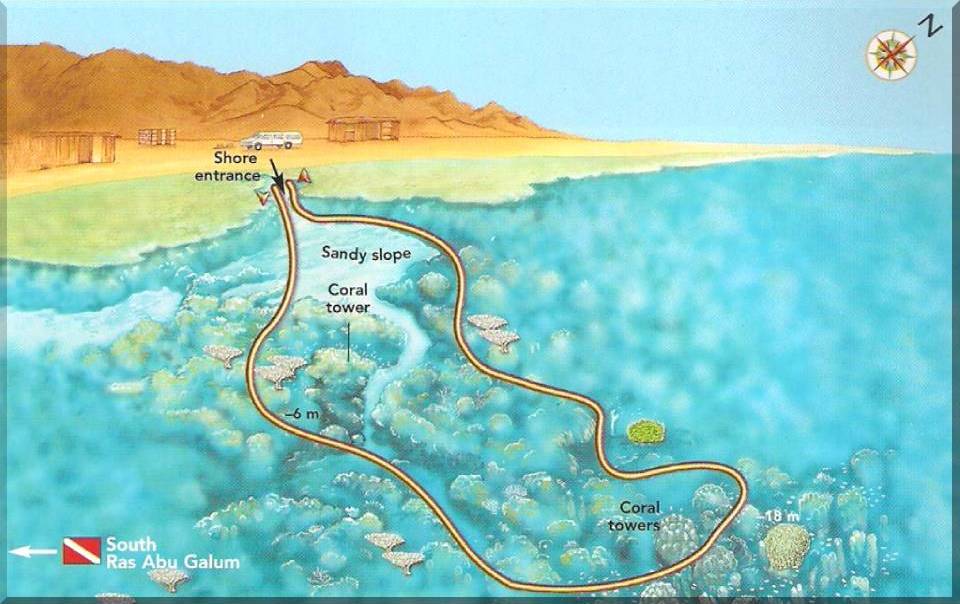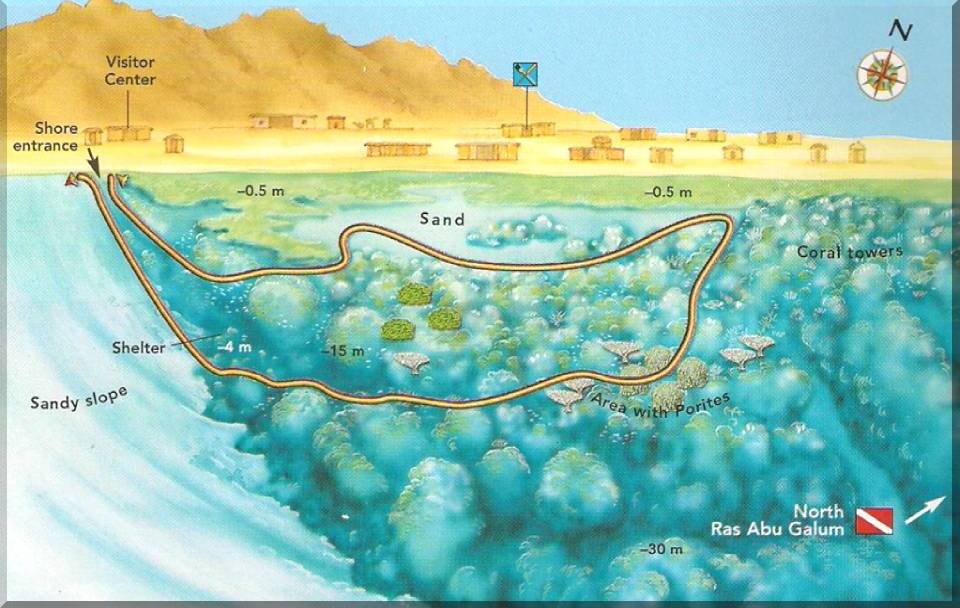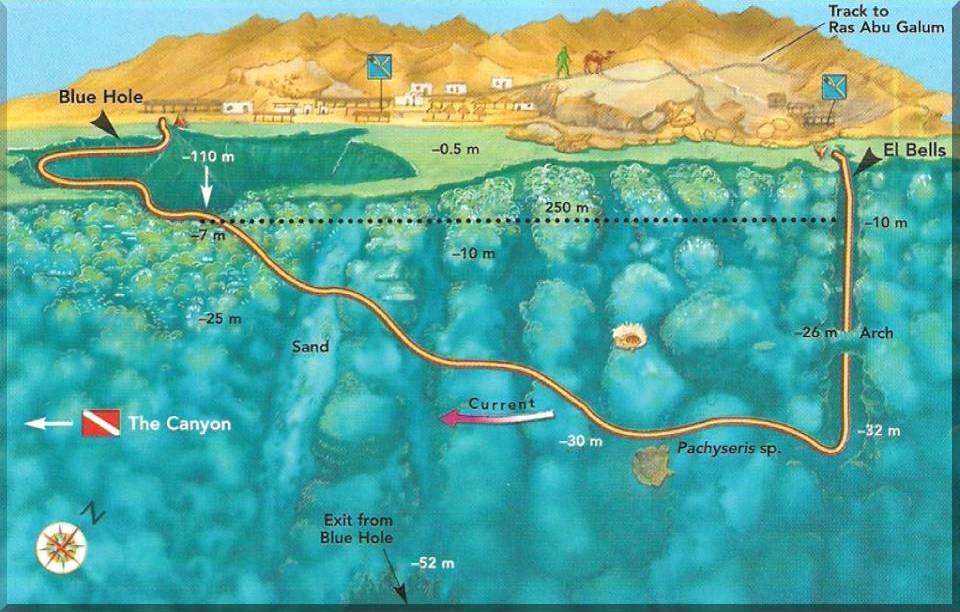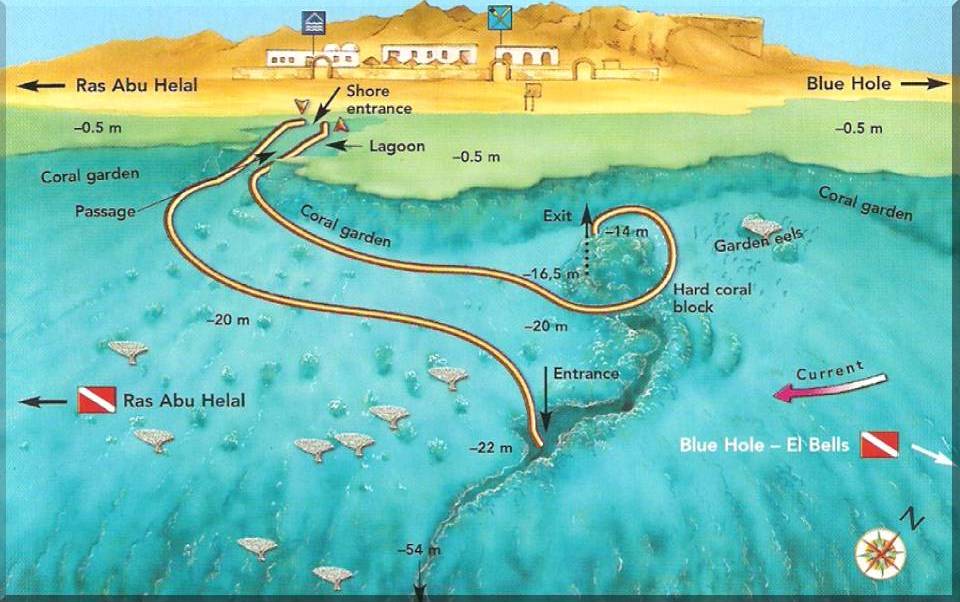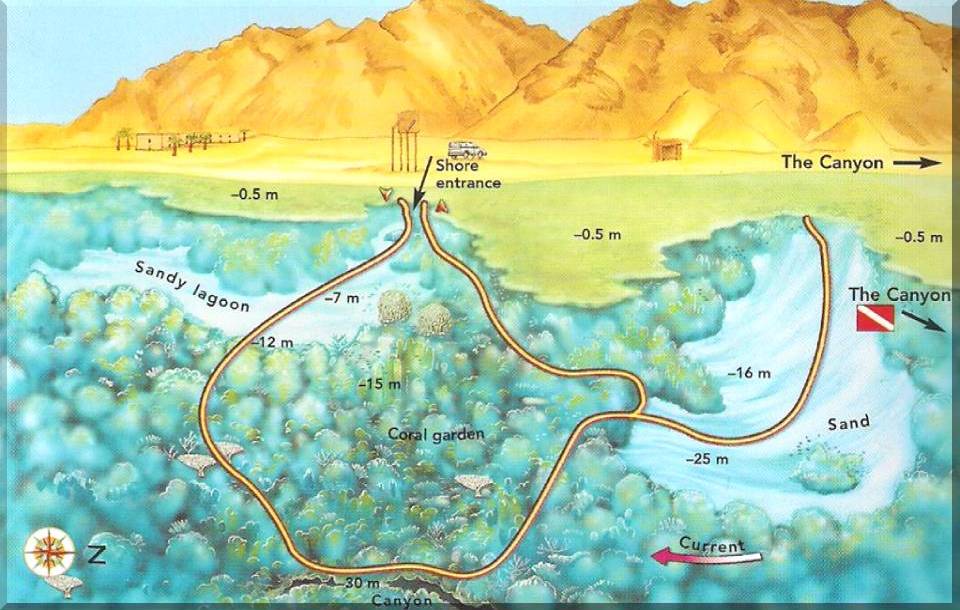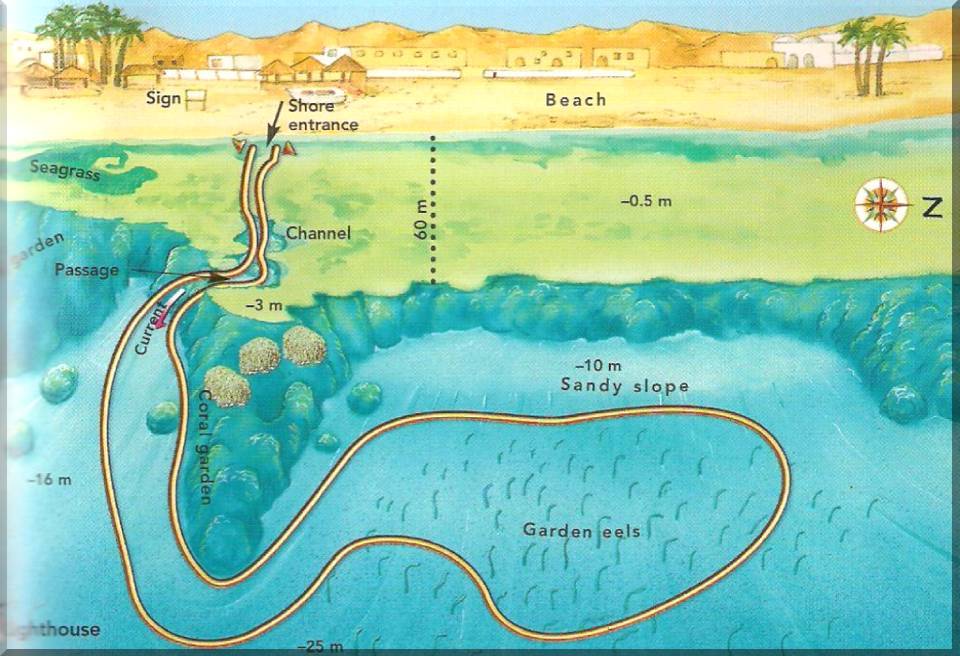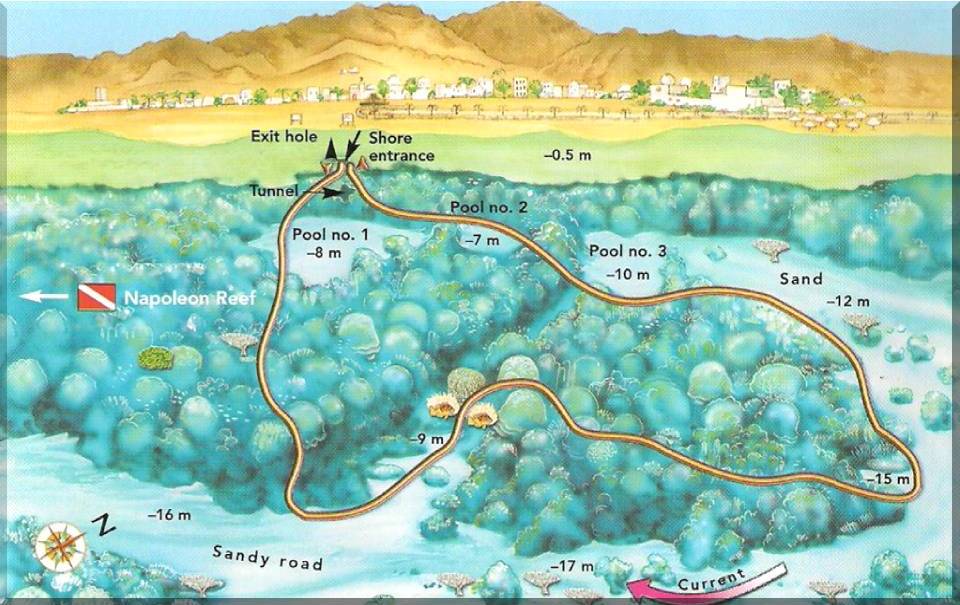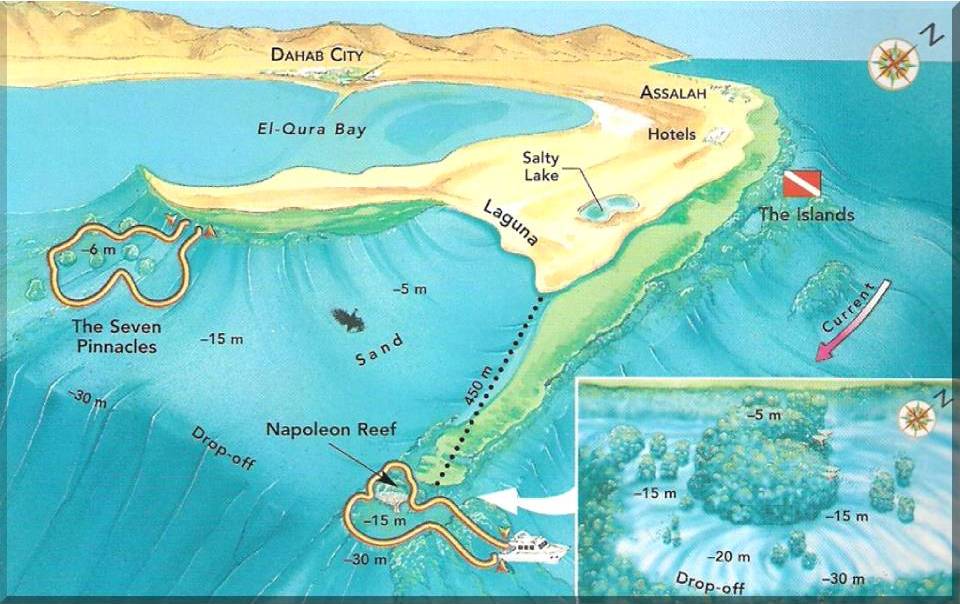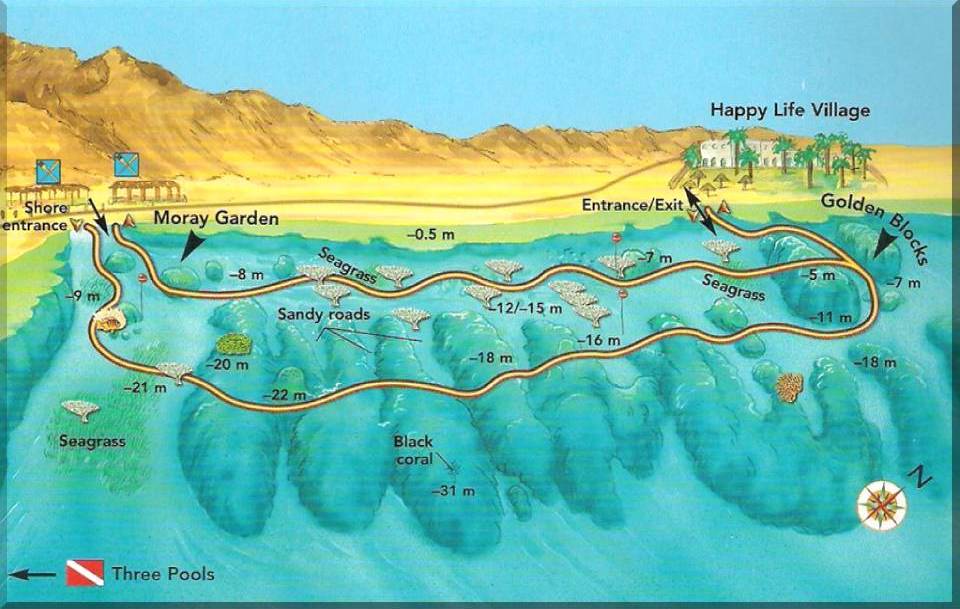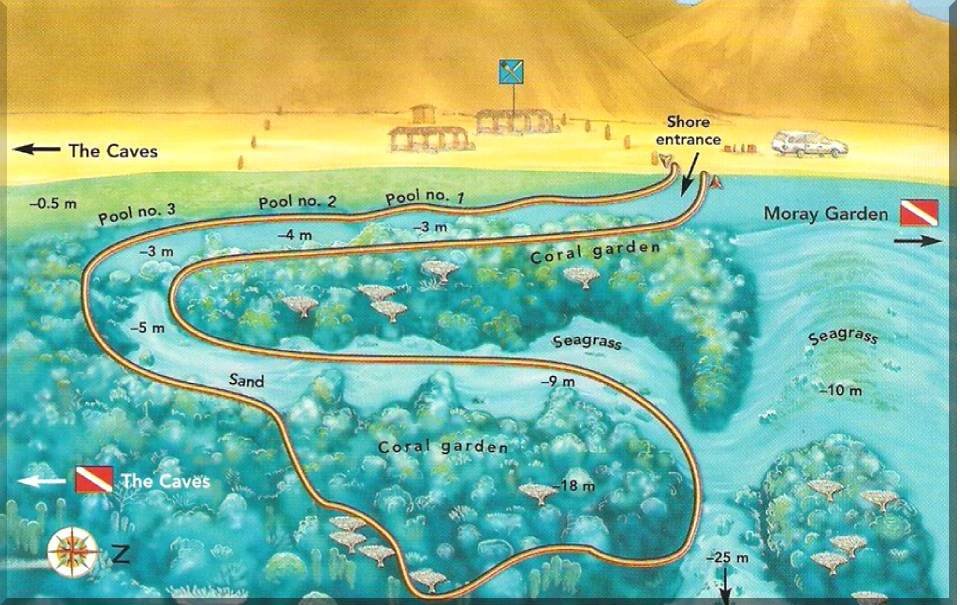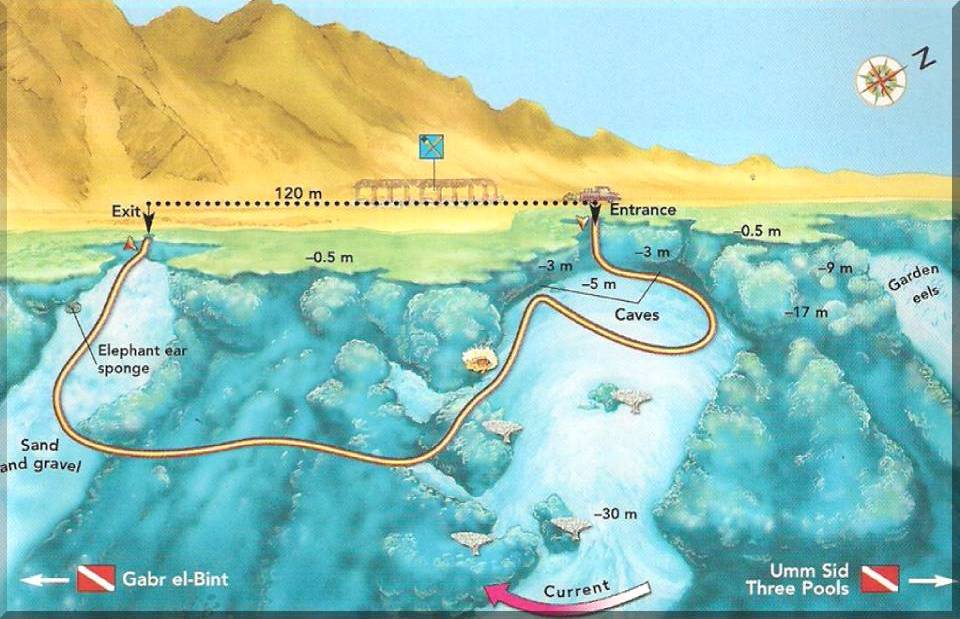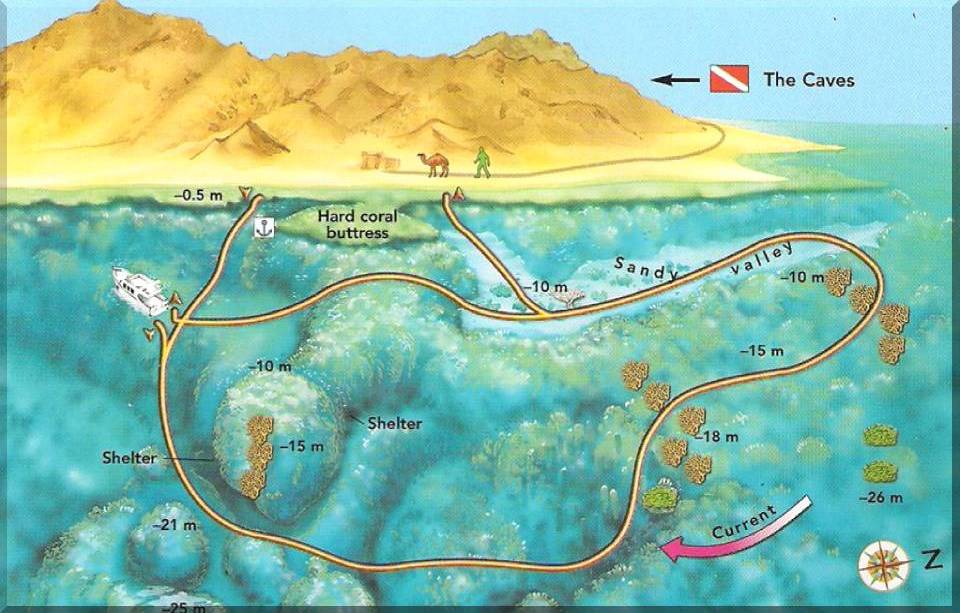Diving Dahab
Dahab is a fantastic place to SCUBA Dive with so many different dive sites. You won't be crowded and you'll find our diving team and guides friendly and fun, making Dahab a great place for any first-time SCUBA Diver.
Golden Blocks is a great place to dive, with arguably the clearest waters on the coast, or take a trip to The Canyon and explore the clear waters around the protected coral reefs, in one of the Red Sea's finest diving locations.
The infamous Blue Hole is the home to the Free Divers and Technical Divers, making it an obvious place to enjoy Snorkeling as well as Scuba Diving.
Golden Blocks is a great place to dive, with arguably the clearest waters on the coast, or take a trip to The Canyon and explore the clear waters around the protected coral reefs, in one of the Red Sea's finest diving locations.
The infamous Blue Hole is the home to the Free Divers and Technical Divers, making it an obvious place to enjoy Snorkeling as well as Scuba Diving.
In the South is Three Pools, Moray Garden and The Caves are all fantastic dive spots and there are many more dive sites which are not listed and only known of by a few local dive centres of which we are one.
A little further afield to the North is Ras Abu Galum and with more than 12 dive sites in this one location, probably makes for the best diving anywhere in the world.
Further to the South Gabr el Bint has two beautiful dive sites. Wherever you choose you can be sure of fantastic coral, fish and water that is crystal clear, with water temperatures ranging from 22'C. in Winter to a Heady 29'C. in the Summer!
A little further afield to the North is Ras Abu Galum and with more than 12 dive sites in this one location, probably makes for the best diving anywhere in the world.
Further to the South Gabr el Bint has two beautiful dive sites. Wherever you choose you can be sure of fantastic coral, fish and water that is crystal clear, with water temperatures ranging from 22'C. in Winter to a Heady 29'C. in the Summer!
|
North Ras Abu Galum
There are numerous dives at Abu Galum, however north Ras Abu Galum is probably the most beautiful and is not to be missed. It is situated approximately 8 kilometres North of the Blue Hole, connected via a path along the shoreline, and accessible by camel, boat or on foot. Alternatively it can be reached by four wheel drive though the splendid Wadi Rasasa.
The dive offers a fantastic opportunity to observe beautiful underwater landscapes with huge hard coral blocks, table coral and soft coral. It is home to an abundance of colourful fish, including Snapper, Butterflyfish, Angel and Glassfish to name just a few. You can opt to stay overnight and enjoy the hospitality of the Bedouin Fishermen, sleep under the stars, and lay back and enjoy the peace and quiet. |
|
|
South Ras Abu Galum South Ras Abu Galum is situated close to the Bedouin village of El Omeyid at the end of the track connecting to Blue Hole. A great abundance of Salad coral, massive pore coral and madrepore coral await you on this dive. The water is pristine and visibility is optimum. This is shallow dive with a maximum depth of 15 metres. |
|
|
El Bells
El Bells is a spectacular dive situated just a short walk North from the famous Blue Hole. Entry is through a crack in the reef. This is followed by a vertical descent through an ancient volcanic fissure which forms the shape of a bell, from which the site gets its name. Sunlight pours in through the fissure making this a truly spectacular entry to a dive. At 30 metres, you exit the fissure into ‘the blue’ and drift dive alongside a wall towards the Blue Hole, gently ascending as you go. You enter the Blue Hole via the ‘Saddle’ and make your way across it before exiting at the other side. The Blue Hole The clarity and the colour of the water is always amazing. The Blue Hole hosts a great abundance of coral, including Star Coral, Gorgonians, Soft coral, Black coral and Anemones (with their colourful Clown fish). You can also observe some giant sponges called ‘Elephant Ear’ before exiting the water to the western part of the Blue Hole. On occasion, looking out into ‘the blue’ from the wall, divers have been lucky enough to spot the Giant Manta Ray as they glide and swoop majestically. The Blue Hole is one of Dahab’s most famous dive sites and should definitely not be missed. |
|
|
The Canyon
The Canyon is approximately 1 ½ kilometres south of the Blue Hole. The access to this site is very easy over the shingle beach. You need to cross the reef platform before you reach the lagoon that then opens to the sea. It is best to start this dive at high tide to avoid damaging the reef. The sandy lagoon has an average depth of about 3 meters and is inhabited by a rich fauna comprising of Goatfish, Butterflyfish, Dominos and Pullers. On its’ western point there is a saddle serving as an exit and entry point to the sea. Swimming on, you will pass a colourful coral garden to your left. This you will view on your return from the Canyon. As we approach the Canyon itself, air bubbles pour from the sea bed. This is a wonderful site and kind of like swimming through Champagne! Descending down into the Canyon, you will reach a sandy bottom, approximately 28 metres below you. Look up and admire the light effects caused by the sun rays. The Canyon itself drops back behind you to a depth of 54 meters, but we head north where a cave opens up at a depth of approximately 17 to 18 metres which accommodates a dense school of Glassfish. As you look up, the light glistens off the fish, making this a truly magnificent site! |
|
|
Ras Abu Helal
Ras Abu Helal which means ‘Cape of the Growing Moon’ is approximately 3 kilometres south of the Canyon. You enter this site, descending to a sandy lagoon with a semi circular shape at a depth between 7 and 12 metres. Keep the reef to your left and explore the underwater promontory with its’ beautiful coral garden. The fauna in this area is immense. Within the coral garden you will discover, Lionfish, Groupers, Triggerfish, Unicornfish, Butterflyfish and occasionally Turtles. The western side descends into the blue, and at a depth of approximately 30 metres is marked by a straight split that gave this site, the nickname ‘Small Canyon’. It should be noted however, that exploring this canyon is not only dangerous, it is not particularly interesting. It is best to stay on the surrounding coral garden that extends into a second immersed bay with a sandy sea bed, from where you make your exit. |
|
|
Eel Garden
Eel Garden gets its name from the population of hundreds of Red Sea garden eels which inhabit the area. Eel garden is situated in Assalah bay, connected to Lighthouse by a pedestrian walkway (approximately 1.5 Km). The reef platform here is about 60 metres wide and as always it is wise to enter the water at high tide so you can swim over the reef rather risk damaging it by walking on it. Leaving the reef via a winding channel you skirt a promontory on your left. After a few metres, you reach a white sandy slope where hundreds of garden eels come out and wave with the waters. Approach too close, or too quickly and the eels retreat into the sand. On the way back, look out for the abundance of Pore Corals, Butterflyfish and Grey Morays which inhabit the area. |
|
|
Lighthouse
Lighthouse is situated on the Northern point of the Assalah Bay, in the area known as Masbat. The entrance from the beach is easy in all sea conditions. The dive brings you to the furthest part of the bay descending to a depth of 25 metres. The Western side has a sandy bottom with hard coral towers, whilst the Eastern side follows the edge of the reef undulating over and through cracks caused by the earthquake back in 1995. This whole area is colonised by Puffers, Parrotfish, Lionfish and Groupers with the occasional Octopus, and if you’re lucky, even a turtle! Mashraba
At the southern end of Dahab bay is “Mashraba” reef, often overlooked as a dive site, yet home to a rich variety of fauna and flora. The sandy slope leads to a magnificent “bommie” called Roman’s rock. Head south over some impressive formations before coming to a family of beautiful table coral at around 20 meters. Providing the diver has sufficient air, you continue on to an impressive gorgonian fan, before turning at a pinnacle swarming with glass fish and Antheas, then returning along the shallow reef. |
|
|
The Islands
This extraordinary site is south of Mashraba to the sea side of the Lagoona. Once again the reef platform is relatively wide, so it is best to enter the sea at high tide. A series of three hard coral pools with sandy bottoms are situated after the small reef edge. This area consists foremost of massive Pore Corals populated numerous species, including Snappers, Groupers, Black Spotted Pufferfish, as well as a school of Yellowtail barracuda! On occasion Eagle Rays lay on the sandy bottom and glide majestically up and away from you as you swim near. This area too was damaged by the earthquake in 1995, but in such a way that it has created a labyrinth of pools and valleys allowing divers to meander between the coral whilst admiring the rich fauna of the place. This site is probably one of the prettiest site in Dahab, so don’t forget your camera! |
|
|
Napoleon Reef
This site is situated in the Laguna, in the area known as the ‘Spit’. This site best reached by boat or zodiac as it lies approximately 450 metres away from the beach. The huge Madrepore tower is separated by a channel from the half submerged reef. It comes up from a sandy sea bed at around 20 metres and is frequented by plentiful fauna and Napoleonfish to whom the site owes its’ name. |
|
Moray Garden and Golden Blocks
To the south of Dahab, you will find Moray Gardens, and Golden Blocks, both beautiful dive sites suitable for all abilities. Moray Gardens is also known as Sharks Caves, however there are neither caves nor sharks can be found at the site, but instead one can expect to see Giant moray eels! Golden Blocks gets its name from the two golden coloured hard coral towers which can sometimes be seen from the surface at low tide. This site is characterised by the numerous pinnacles and madrepore, look closer and see what you can find! Once again, don’t forget your camera! |
|
Three Pools
Three Pools is just South of Moray Gardens. It’s name derives from the three natural pools in the reef plate at a depth of 3 to 4 metres. This dive once again is best done during high tide and is ideal as a second or third dive of the day due to the shallowness of the water. The three sandy pools, interconnected by saddles of coral, form the entry and exit point for this dive. Outside the third pool you can often find young Napoleon fish before descending to the deepest point of the dive, following a sandy alley with Brain Coral, Pipe Coral and Salad Coral along the sides. The alley brings you to a coral garden, keep your eyes out for the resident turtle which often patrols the area. The latter part of the dive remains shallow, where the coral blocks appear to compete with each other to catch the sun’s rays and show wonderful red coloured details. |
|
|
The Caves
The Caves is the last of the series of sites of El-Qura bay. It is found approximately 2 kilometres south of Three Pools. The entry is in front of a small Bedouin Restaurant at a crack in the reef plate. Entrance requires a giant stride off the ledge and into the blue. The Caves are best dived in calm conditions as jumping off the ledge can be quite tricky when there are waves breaking on the shore. Once in the water the cave is directly below you and on both the left and right side you will find a shallow reef. The reef that circles the cave is just as attractive as the cave itself with an abundance of both soft and hard coral. Here you will often spot large groupers, Scorpionfish and Morays. A Tiger Shark has been also spotted on a number of occasions. When you enter the cave, make sure to swim to the back and turn to face the entrance, where you can watch the light shine through the swarms of Anthias and Bannerfish swimming upside down on the roof of the cave! |
|
After leaving the first cave you find a red anemone, one of few in the Red Sea dive sites, so make sure you get a look!
Finally, after passing through a small canyon like formation, you reach a sandy slope at about 30-35m, where you can see eels emerging from the sand.
Finally, after passing through a small canyon like formation, you reach a sandy slope at about 30-35m, where you can see eels emerging from the sand.
|
Gabr el Bint
Gabr el Bint means the ‘Tomb of the Girl’ in Arabic, although it is not known where the name comes from. This site is situated some 7 ½ kilometres south of the caves, and is only accessible by camel or boat from Dahab marina. The site is absolutely stunning, and is part of the protected area of Nabq. It has not been affected by tourism, and with its’ impressive mountainous surroundings and untouched coral reef, the site is truly one to experience. The boat ride takes approximately 60 minutes from Dahab marina and is well worth the trip. Gabr el Bint offers two dives; the one to the North of the buttress being the more beautiful of the two. It is dominated by a splendid wall which descends into the blue, and is decorated with numerous species of coral. You drop down to about 20-25 meters swimming along massive boulders protruding from the drop-off which attract dense shoals of Anthias and Glassfish. Keep a good eye on the blue where you will see Trevallies hunting shoals of Fusiliers. |
|
This dive is the more colourful of the
two, with some of the healthiest Gorgonian Fan Coral in the Red Sea. When
turning back, you ascend to about 10m and cross the saddle then start to head
back along a sandy ledge which parallels the shore.
The ledge displays some exquisite coral heads which attract numerous reef species, including swarms of Anthias, Scorpionfish, Parrotfish, Crocodilefish, Surgeonfish, Triggerfish, Trumpetfish, Puffers, Stingrays and very often a Turtle.
The end of the ledge is usually is home to a shoal of Black and White Snappers and Twinspot Snappers, usually swimming around at 5 to 10m.
The right side is also known as the dark side, but don’t let the name put you off, the site is truly beautiful! It features a steep wall that drops down to about 60m cut by numerous chasms, sandy ravines and overhangs. The drop-off is adorned with healthy table coral and abundant marine life.
This dive site should not be missed and is certainly worth more than one visit!
The ledge displays some exquisite coral heads which attract numerous reef species, including swarms of Anthias, Scorpionfish, Parrotfish, Crocodilefish, Surgeonfish, Triggerfish, Trumpetfish, Puffers, Stingrays and very often a Turtle.
The end of the ledge is usually is home to a shoal of Black and White Snappers and Twinspot Snappers, usually swimming around at 5 to 10m.
The right side is also known as the dark side, but don’t let the name put you off, the site is truly beautiful! It features a steep wall that drops down to about 60m cut by numerous chasms, sandy ravines and overhangs. The drop-off is adorned with healthy table coral and abundant marine life.
This dive site should not be missed and is certainly worth more than one visit!

